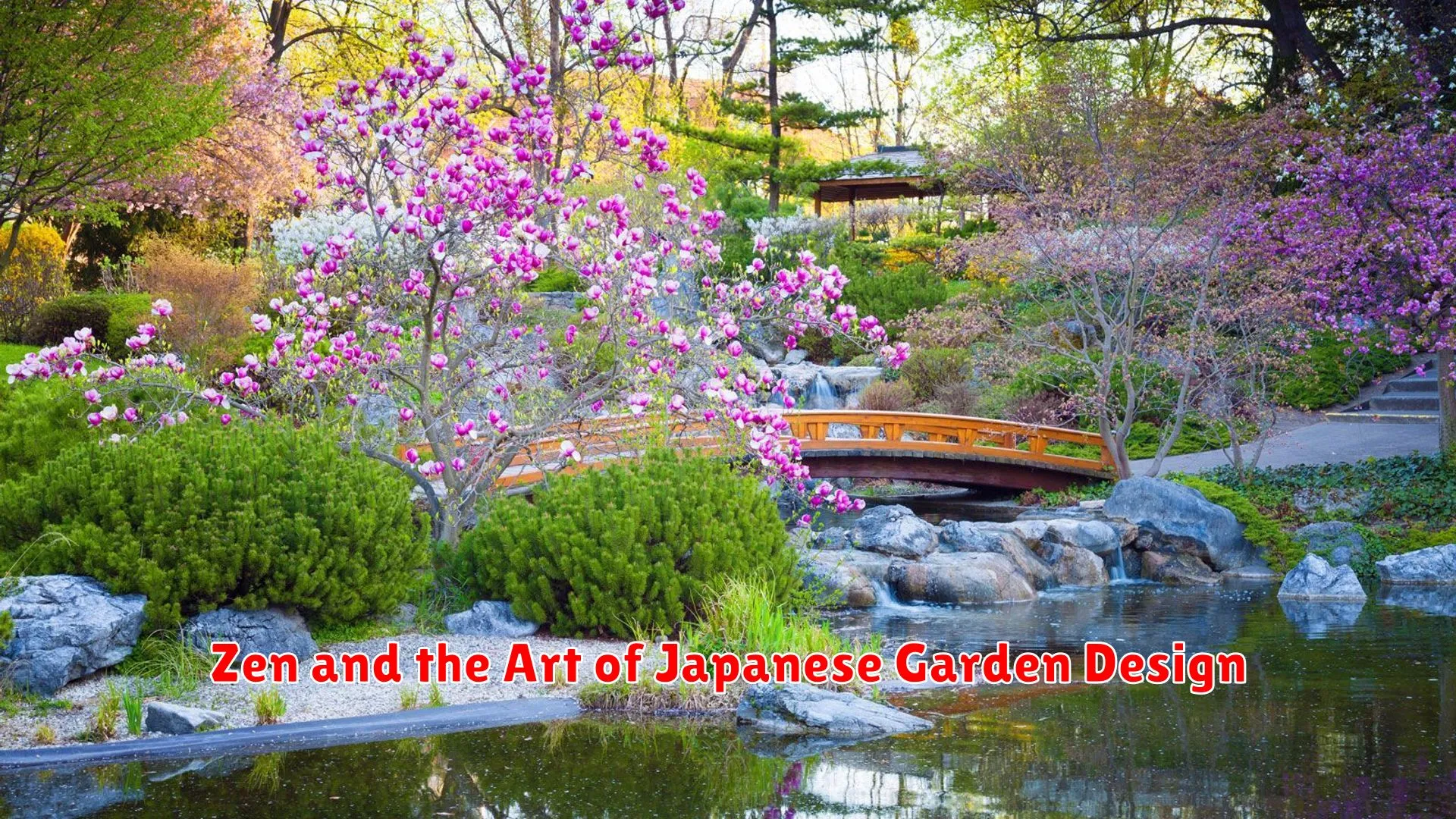Discover the tranquil beauty and philosophical principles behind Japanese garden design in our exploration of “Zen and the Art of Japanese Garden Design.” Uncover the harmony of nature and man-made elements in these serene landscapes.
The Philosophy Behind Japanese Gardens
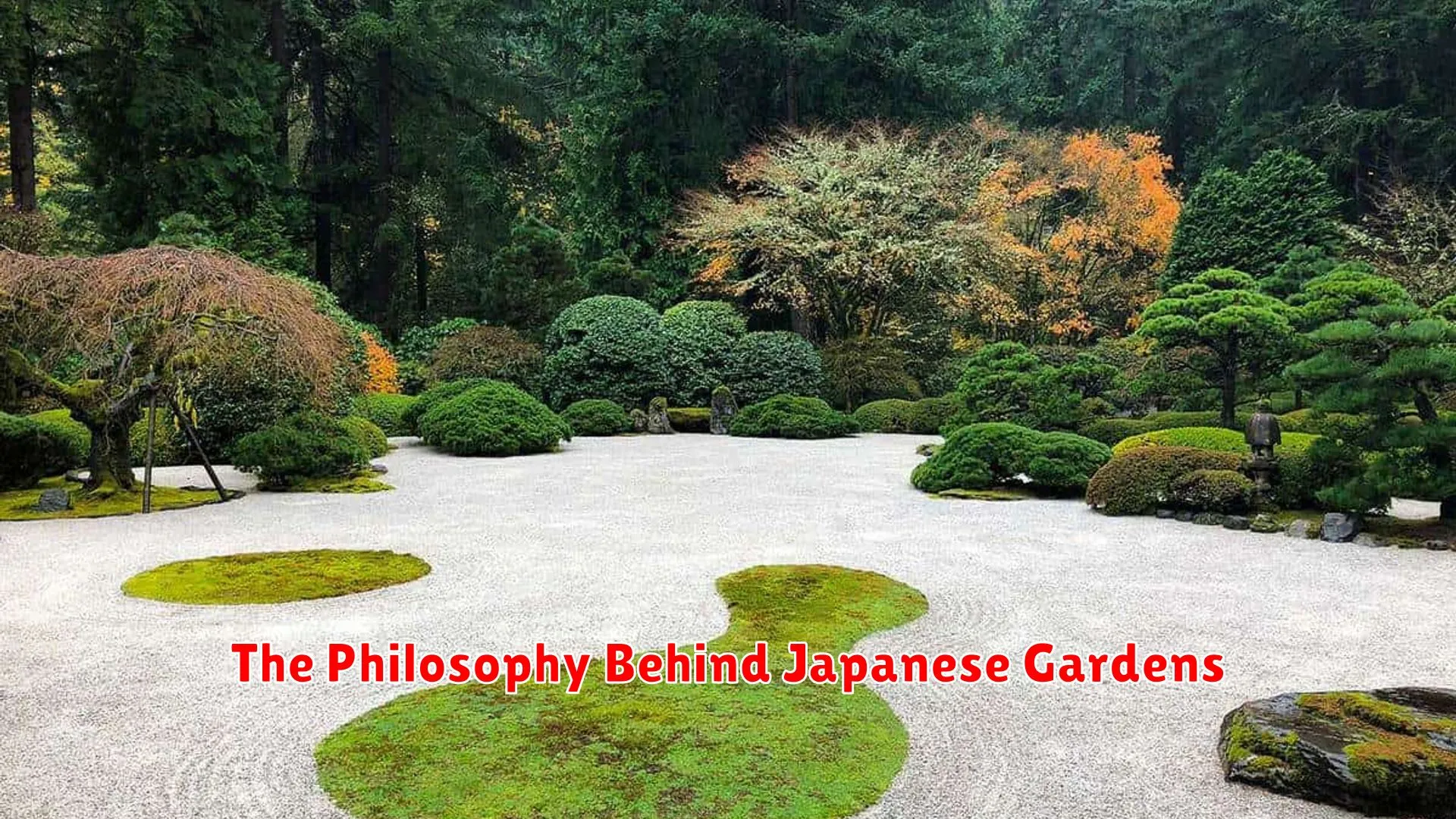
Japanese gardens are a reflection of deep philosophical principles that have been integrated into the art of garden design. These serene and harmonious spaces are not merely landscapes but are imbued with symbolism and meaning.
One of the fundamental philosophies behind Japanese gardens is the concept of wabi-sabi. This aesthetic embodies the idea of finding beauty in imperfection and transience. It celebrates the natural cycle of growth, decay, and regeneration, emphasizing simplicity, austerity, and an appreciation for the fleeting nature of life.
Another important aspect is the principle of borrowed scenery, known as *shakkei*. Japanese garden designers incorporate the surrounding natural landscape, such as mountains, forests, or bodies of water, into the garden’s composition. This technique creates a seamless connection between the garden and its environment, blurring the lines between man-made and natural elements.
The concept of yin and yang, or *in and *yo*, is also at the core of Japanese garden design. This philosophy of balance and harmony is expressed through the careful arrangement of elements such as rocks, water, plants, and pathways. The interplay between opposing forces creates a dynamic equilibrium that evokes a sense of tranquility and peace.
Furthermore, Japanese gardens often incorporate zen principles, promoting mindfulness, contemplation, and a sense of inner peace. The design elements, such as raked gravel patterns in a *kare-sansui* garden or the placement of stepping stones in a *tsukiyama* garden, are intended to guide visitors on a meditative journey through the garden space.
In essence, the philosophy behind Japanese gardens goes beyond mere aesthetics; it is a profound reflection of Japanese culture, spirituality, and reverence for nature. These gardens serve as a canvas for philosophical contemplation, inviting visitors to connect with the natural world and find inner harmony.
Exploring Japan’s Most Beautiful Gardens
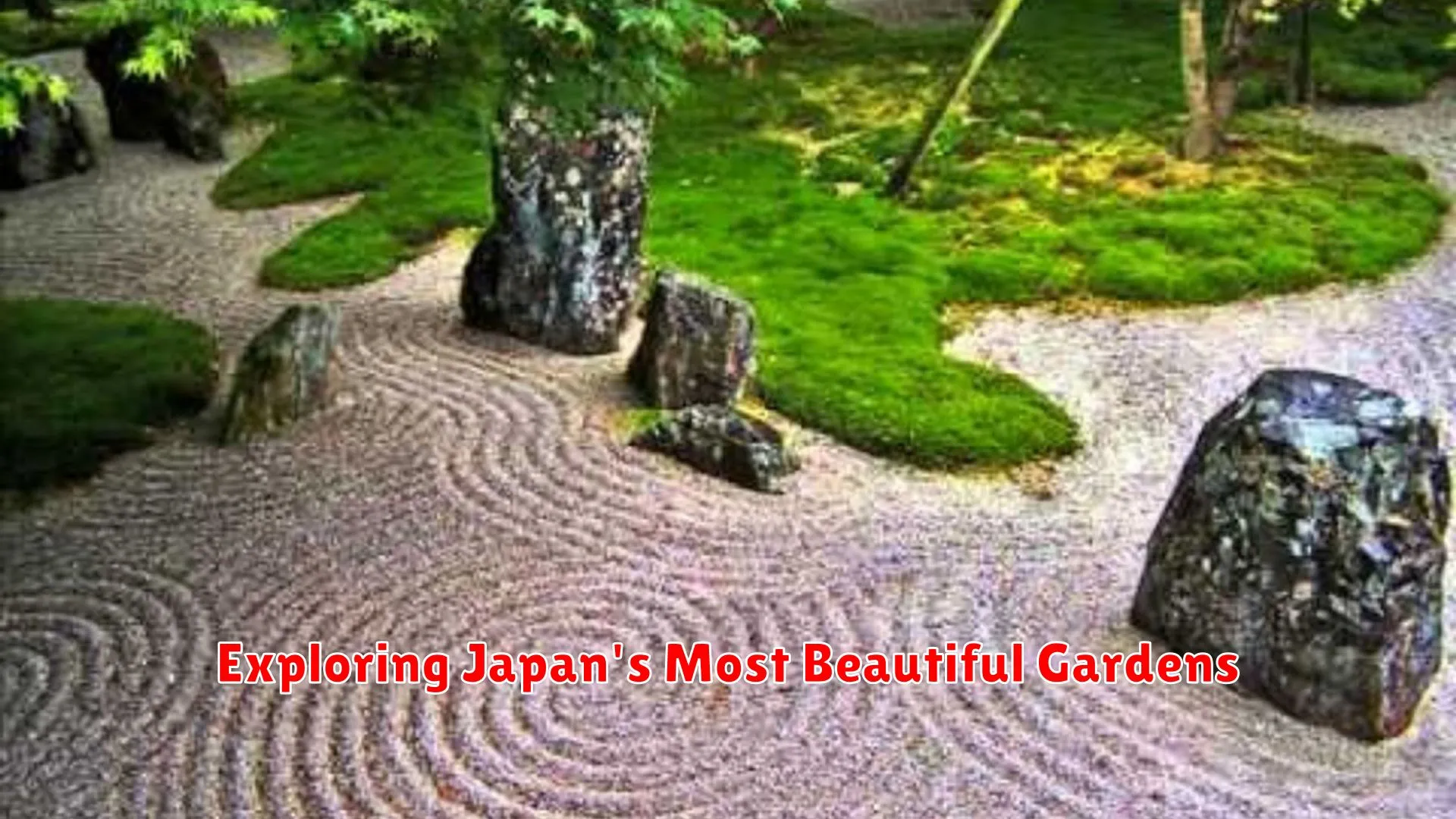
When it comes to Japanese garden design, Japan offers an array of breathtaking and serene gardens that reflect the country’s rich cultural heritage and deep spiritual connection to nature. These gardens are meticulously crafted to embody principles of Zen philosophy and are meant to inspire tranquility and contemplation.
Kyoto Imperial Palace Gardens
The Kyoto Imperial Palace Gardens showcase traditional Japanese landscaping techniques, featuring meticulously raked gravel, carefully placed rocks, and scenic ponds. Visitors can enjoy the beauty of seasonal flowers such as cherry blossoms and vibrant maple leaves.
Kanazawa Kenrokuen Garden
One of Japan’s most famous gardens, Kanazawa Kenrokuen Garden is known for its exquisite beauty and harmonious design. This garden incorporates the six attributes of a perfect garden, including spaciousness, seclusion, and picturesque views.
Ritsurin Garden
Located in Takamatsu, Ritsurin Garden is a masterpiece of traditional garden artistry. Strolling through this garden, visitors can admire carefully pruned bonsai trees, elegant bridges, and serene ponds that evoke a sense of tranquility.
Adachi Museum of Art Garden
The Adachi Museum of Art Garden is renowned for its meticulous landscape design that changes with the seasons, offering captivating views throughout the year. This garden is a living work of art, meticulously maintained to provide a serene and harmonious environment.
Exploring Japan’s most beautiful gardens offers a profound insight into the artistry and spirituality of Japanese garden design. Each garden is a testament to the harmonious relationship between human creativity and the natural world, inviting visitors to experience a sense of peace and serenity amidst exquisite beauty.
The Elements of Zen Garden Design
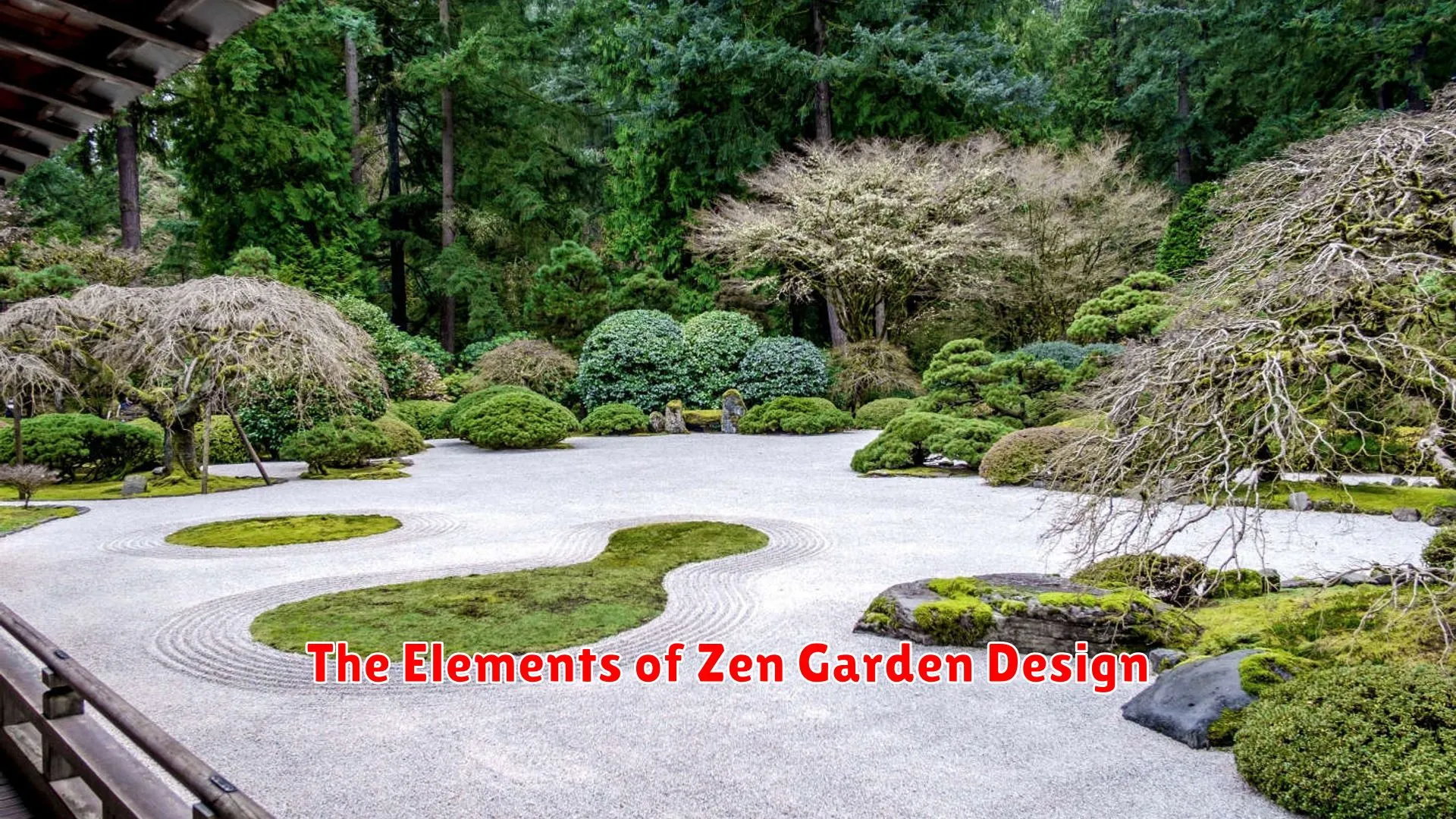
When it comes to creating a Zen garden, there are key elements that define its design and essence. These elements are carefully chosen and arranged to evoke a sense of tranquility and harmony, reflecting the principles of Zen philosophy.
Simplicity
One of the fundamental principles of Zen garden design is simplicity. Every element in a Zen garden is purposefully chosen to create a minimalist and uncluttered aesthetic. Rocks, gravel, and carefully placed plants are used sparingly to create a sense of spaciousness and serenity.
Balance
Balance is another essential element in Zen garden design. This involves achieving harmony between the different elements in the garden, such as rocks and plants, light and shadow, and empty space. The placement of these elements is meticulously planned to create a sense of equilibrium and unity.
Harmony with Nature
Zen gardens aim to harmonize with nature, drawing inspiration from the natural world to create a peaceful and contemplative atmosphere. The use of natural materials like rocks and gravel, along with carefully selected plants, helps to connect the garden with its surroundings and create a sense of tranquility.
Abstraction
Zen garden design often includes elements of abstraction, with minimalistic representations of natural landscapes. Raked gravel can symbolize water or waves, while rocks may represent mountains. These abstract elements encourage contemplation and reflection, inviting visitors to immerse themselves in the beauty of the garden.
Symbolism
Symbolism plays a significant role in Zen garden design, with each element chosen for its symbolic meaning. Rocks may represent strength and endurance, while bamboo symbolizes resilience and flexibility. Every aspect of the garden is imbued with symbolic significance, adding depth and meaning to the overall design.
How to Experience Zen Through Japanese Gardens
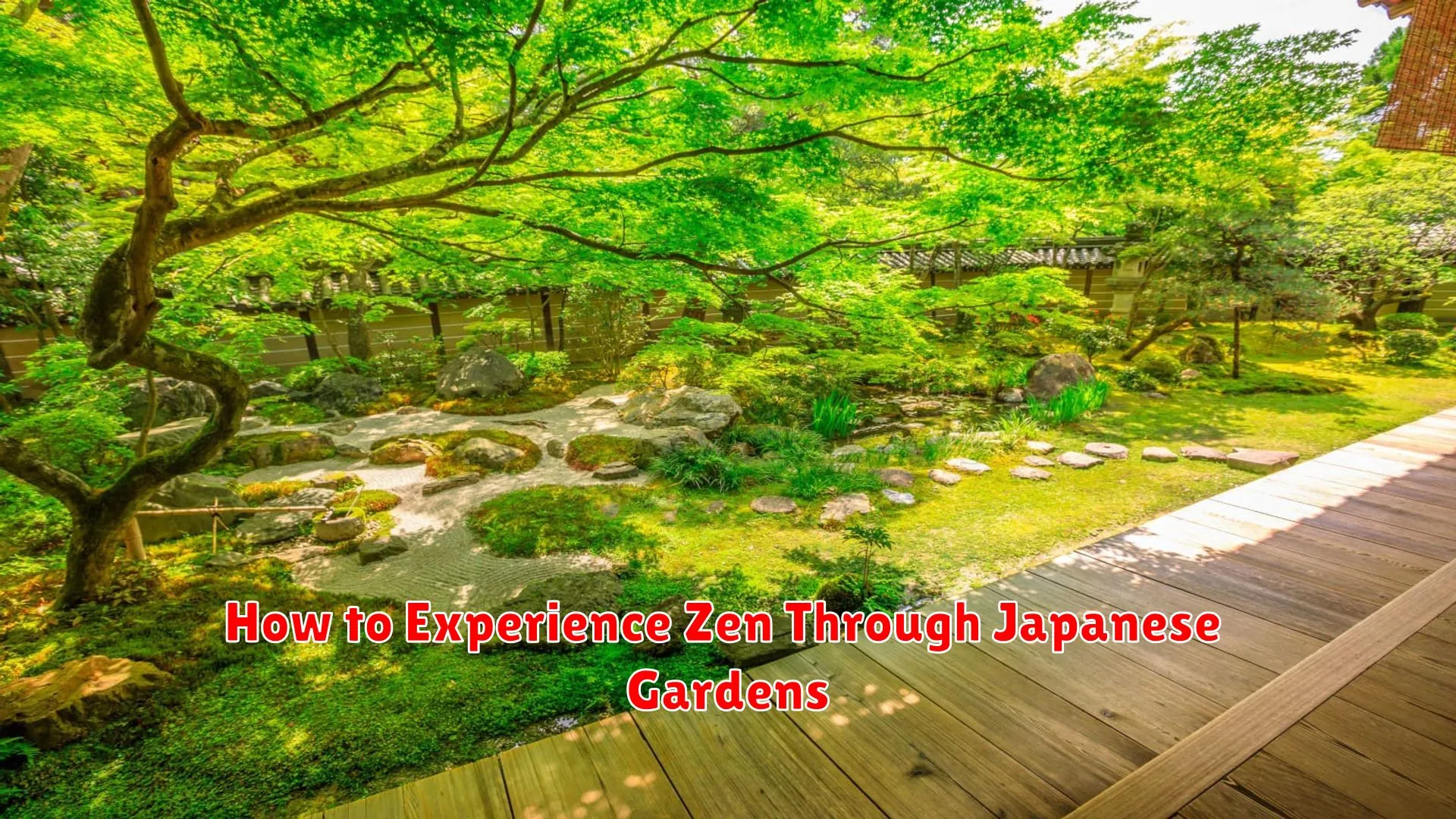
If you want to immerse yourself in tranquility and find inner peace, experiencing Zen through Japanese gardens can be a transformative journey. Japanese garden design is not just about creating a visually pleasing outdoor space; it embodies a profound philosophy and offers a sensory experience that can help you connect with nature and achieve a sense of harmony.
1. Embrace Simplicity
Japanese gardens often feature simple and minimalist elements. Focus on clean lines, uncluttered spaces, and natural materials like rocks, gravel, and bamboo. Embracing simplicity in design can help clear your mind and create a sense of spaciousness.
2. Engage Your Senses
Take a mindful approach while exploring a Japanese garden. Listen to the sounds of flowing water, feel the texture of moss under your feet, and inhale the subtle fragrance of flowers. Engaging your senses can help you be present in the moment and appreciate the beauty around you.
3. Follow the Path
Japanese gardens often feature winding paths that lead you on a journey of discovery. Walk slowly and mindfully, paying attention to each step. Following the path in a Japanese garden can symbolize the journey of life and the importance of being present along the way.
4. Find Stillness
One of the key aspects of experiencing Zen in a Japanese garden is finding moments of stillness and contemplation. Sit quietly on a bench or under a tree, observe the harmony of the surroundings, and allow yourself to be fully present in the moment.
By embracing the principles of Japanese garden design and immersing yourself in the beauty of these peaceful spaces, you can cultivate a sense of tranquility, balance, and Zen in your life.
Seasonal Beauty in Japanese Gardens
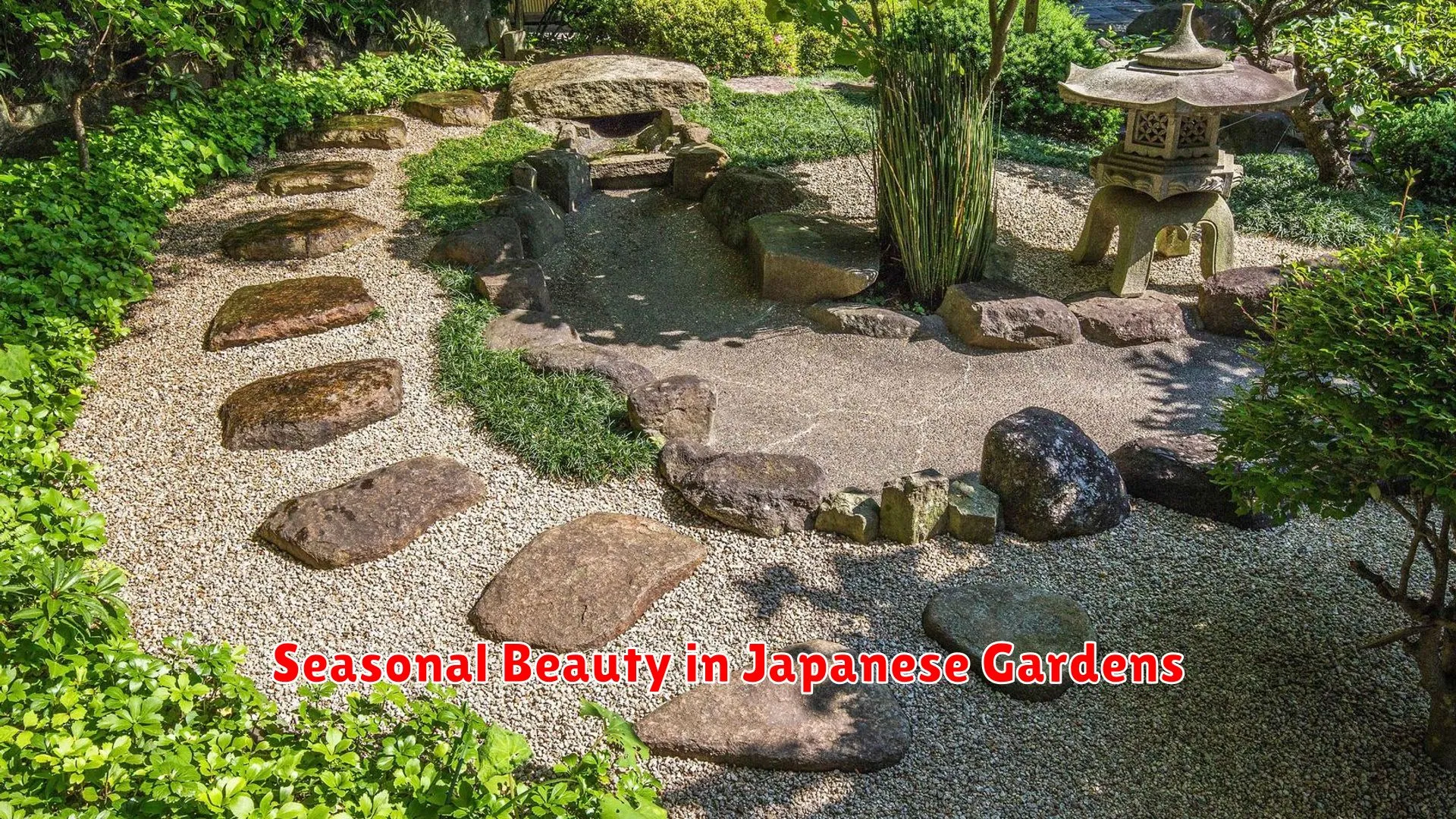
Japanese gardens are renowned for their ability to reflect the changing seasons, a concept deeply rooted in Zen philosophy. Each season in a Japanese garden presents a unique and captivating display of nature’s beauty, carefully curated to evoke a sense of tranquility and harmony with the natural world.
In spring, cherry blossoms (sakura) adorn Japanese gardens with their fleeting yet mesmerizing beauty, symbolizing the transient nature of life. The delicate pink petals create a stunning contrast against the lush greenery, inviting visitors to contemplate the ephemeral nature of existence.
Summer brings vibrant bursts of colors in the form of lush foliage and blooming flowers. Water features such as ponds and streams shimmer under the sun, offering a refreshing escape from the heat. Visitors can find solace in the shade of ancient trees and immerse themselves in the peaceful ambiance of the garden.
Autumn transforms Japanese gardens into a canvas of rich reds, oranges, and yellows as maple trees and other foliage change color. The concept of wabi-sabi, finding beauty in imperfection and transience, is prominent during this season as fallen leaves are celebrated for their fleeting beauty.
Winter blankets Japanese gardens in a serene stillness, with frost-kissed landscapes and minimalist designs taking center stage. The careful placement of rocks, sand, and evergreen plants symbolize resilience and the enduring beauty found in simplicity. Winter gardens encourage introspection and contemplation amidst the quietude of the season.
Overall, the seasonal beauty in Japanese gardens serves as a reflection of the eternal cycle of life, encouraging visitors to appreciate the present moment and find harmony with nature’s ever-changing tapestry.
Conclusion
In conclusion, Japanese garden design embodies harmony, simplicity, and natural beauty, reflecting Zen philosophy. Its meticulous planning and integration of elements create serene spaces that inspire tranquility and reflection.
